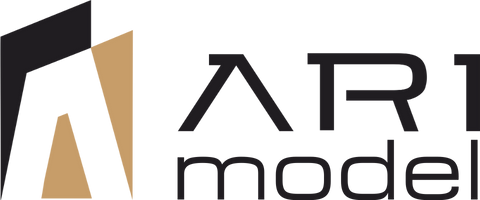With the influence of technological developments, the range of types of models has expanded considerably. Thanks to the use of different manufacturing techniques, there are now many alternatives in terms of models. Prototype models have also found their place in this sector. Unlike other types of models, the prototype model is a service oriented towards the design process rather than the final result.
In other words, the model is made for conceptual purposes about how the final project will be. It is mainly used in sectors such as medicine, industry, and architecture. The goal of making prototype models is to find solutions to design problems. Prototypes made to test the appearance and functionality of mechanical assemblies designed for different sectors are also part of this category. Prototype models are made from various materials such as cardboard, wood, metal, and Plexiglas. The role of prototype models is crucial in presenting products smoothly to customers. Through prototype models, it is possible to test and solve design problems without spending much time or financial resources. Throughout this process, clients can also intervene in the production phase. The prototype phase allows for modifying the model, quickly resolving design problems, and providing solutions. Prototype models also provide customers with the opportunity to understand the total cost of the project. The making of prototype models is done using the 3D printing technique, an advantage offered by modern technology, enabling quick response to demands.
The making of prototype models is part of a series of services aimed at optimally presenting desired projects to the target audience. Prototype models are known as models prepared for companies operating in different sectors. It should be noted that they are produced to solve design problems rather than for a finished project.
The making of prototype models requires great attention and skills. There is no limit in the choice of materials for prototype manufacturing. The choice of material for prototype manufacturing should match the created design. Prototype production can be achieved through a good understanding of planned projects. Working with experienced individuals will always ensure better compatibility between the prototype model and the final designs presented at the end of the production process.





